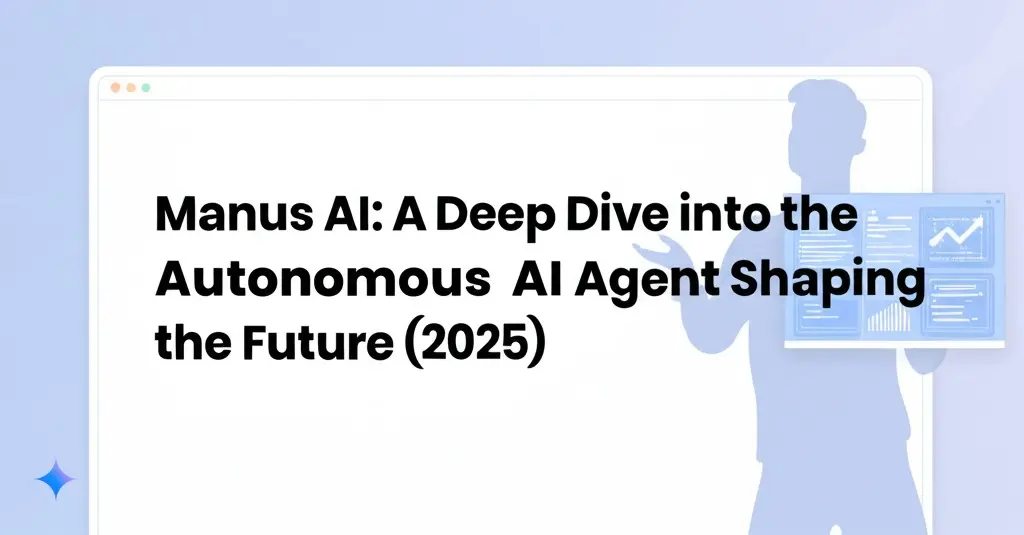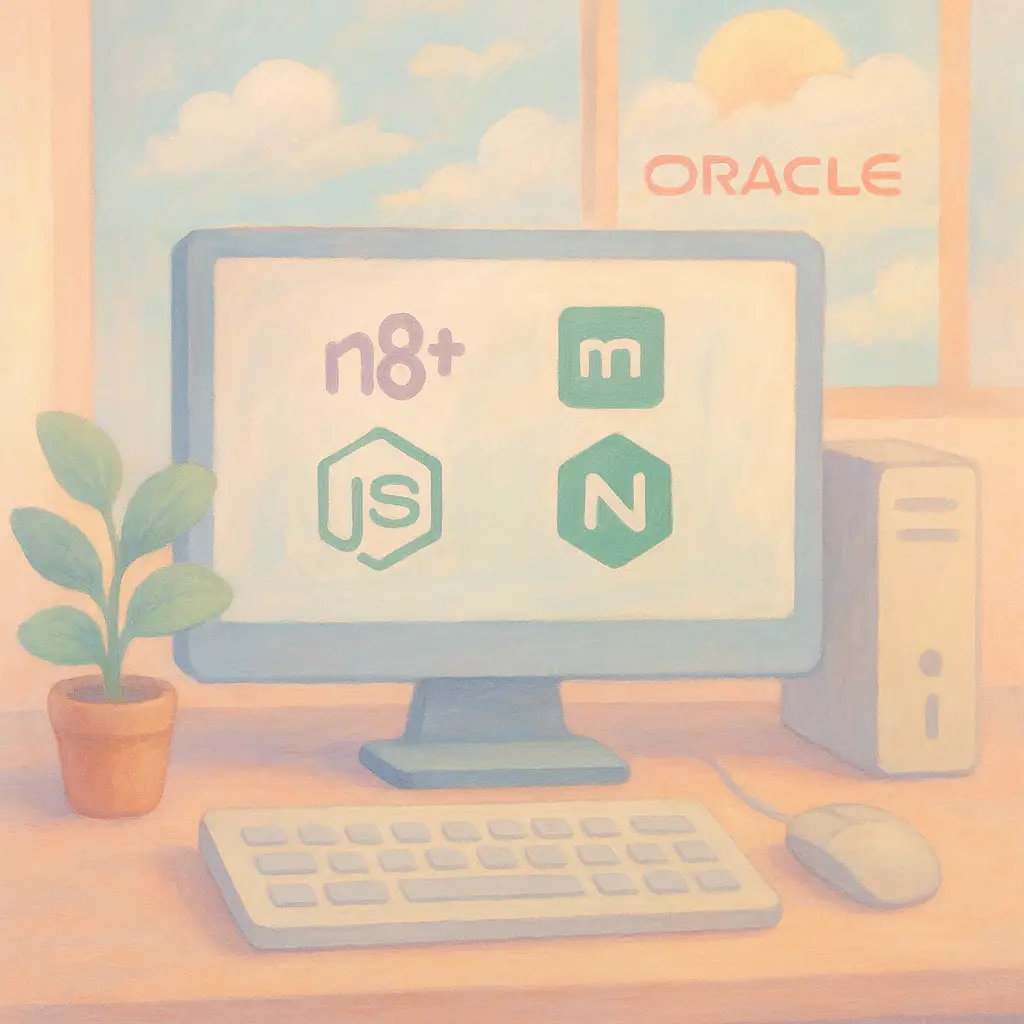
Manus AI: A Deep Dive into the Autonomous AI Agent Shaping the Future (2025)
Table of Contents
- Introduction
- Announcing Manus AI
- Who is Behind Manus AI: Butterfly Effect
- Multi-Agent Architecture Explained
- Foundation Models: Claude and Qwen
- Linux Sandbox Environment
- Impressive Task Execution (Travel Planning, Stock Analysis, etc.)
- GAIA Benchmark Performance
- Autonomy and Task Execution
- Real-World Applications
- Private Beta and Invitation-Only Access
- Technical Issues and Performance Inconsistencies
- The Hype vs. Reality Debate
- Ethical and Regulatory Challenges
- Manus AI vs. DeepSeek
- Global AI Strategies
- Potential Transformations in Various Industries
- Addressing Technical and Regulatory Limitations
Introduction
Artificial Intelligence (AI) has come a long way from the early days of simple chatbots and rule-based systems. Today, the spotlight is on autonomous AI agents capable of handling real-world tasks independently. Among the latest advancements in this area is Manus AI, a groundbreaking AI agent launched by Butterfly Effect in March 2025. This article explores what makes Manus AI a new player in the AI world, its architecture, capabilities, and the controversies surrounding its early access phase.
The Birth of Manus AI: A New Era in AI Agents
Announcing Manus AI
In March 2025, Manus AI was launched by the Chinese startup Butterfly Effect. Known for its tagline "Less structure, more intelligence," Manus AI promises autonomy where AI agents plan and execute real-world tasks such as travel planning and stock analysis without human intervention. The system's name, derived from the Latin word for "hand," emphasizes its role in taking actions on behalf of users.
Who is Behind Manus AI: Butterfly Effect
The company behind Manus AI, Butterfly Effect (also known as Monica), is based in Wuhan, China. It was founded by leaders such as Red Xiao Hong (founder and CEO) and Yichao "Peak" Ji (chief scientist). Butterfly Effect has set a new bar for AI agents, aiming to go beyond conversational interfaces to create a fully autonomous system capable of handling diverse and complex tasks.
Understanding the Architecture of Manus AI
Multi-Agent Architecture Explained
At the heart of Manus AI lies a multi-agent architecture where an "executor" agent coordinates multiple specialized sub-agents for specific tasks such as web browsing, data analysis, and coding. This allowed Manus AI to tackle complex problems by breaking them down into smaller, manageable steps, processed asynchronously in the cloud.
Foundation Models: Claude and Qwen
Manus AI leverages foundation models like Anthropic's Claude 3.5 Sonnet and Alibaba's Qwen models for its cognitive reasoning and task execution. Combined with its custom fine-tuning, it helps in making robust decisions while operating in a secure, controlled environment.
Linux Sandbox Environment
To safeguard operations, Manus AI is executed in a Linux sandbox environment where it can install software, execute shell commands, manage files, and deploy applications securely without affecting the underlying system.
Capabilities and Performance of Manus AI
Impressive Task Execution (Travel Planning, Stock Analysis, etc.)
Manus AI excels in a variety of real-world tasks:
- Travel Planning: It generates custom travel itineraries such as a handbook for a trip to Japan.
- Stock Analysis: It produces in-depth stock performance analyses with visual dashboards.
- Education: It creates educational content like video presentations explaining complex topics such as the momentum theorem.
- Insurance Comparison: It compares insurance policies and generates structured comparison tables with tailored recommendations.
- Supplier Sourcing: It identifies business-to-business suppliers after extensive research.
GAIA Benchmark Performance
Manus AI has demonstrated state-of-the-art performance on the GAIA benchmark, a test formulated by Meta AI, Hugging Face, and AutoGPT. Manus AI scored higher than OpenAI's Deep Research system across all difficulty levels. Such benchmark results underline Manus AI's potential in performing complex, real-world tasks.
Why Manus AI Stands Out in the AI World
Autonomy and Task Execution
Manus AI's ability to autonomously plan and execute tasks makes it unique. Unlike traditional chatbots that wait for user prompts, Manus AI takes the initiative to analyze, plan, execute, observe, and refine tasks until they are completed.
Real-World Applications
The real-world applications of Manus AI are diverse and expansive. It has been demonstrated in tasks ranging from custom website creation and programing video games to real estate searches. This makes it a versatile tool for both personal and professional use.
Current Status and Early Access Issues
Private Beta and Invitation-Only Access
Manus AI is currently in a private beta phase and is available only by invitation. High demand has caused invitation codes to be sold on platforms like Xianyu for high amounts.
Technical Issues and Performance Inconsistencies
Despite its strong benchmark performance, early access reports indicate some challenges:
- System Crashes: Users have reported crashes and server overloads for specific tasks.
- Inconsistencies: Some users noted that Manus AI generated fake data instead of extracting real information.
- Paywall Issues: There is a struggle when dealing with paywalled content.
Controversies and Ethical Concerns
The Hype vs. Reality Debate
The hype around Manus AI has been met with skepticism. Some experts, like Bradford Levy from the University of Chicago, question if it lives up to its claims. Moreover, comparisons to DeepSeek, another Chinese AI breakthrough from early 2025, have led some to question if Manus AI is a genuine step forward or an overhyped system.
Ethical and Regulatory Challenges
Ethical issues such as who bears responsibility for decisions made by Manus AI are beginning to surface. Chinese regulators have yet to establish clear regulatory frameworks for such autonomous AI systems, which may impact future scalability and adoption.
Comparative Analysis: Manus AI vs. Other AI Developments
Manus AI vs. DeepSeek
While DeepSeek focused on LLM technology and open-source components, Manus AI is an agentic system that leverages existing models such as Claude and Qwen. Thus, Manus AI is more about executing actions autonomously rather than just conversational interactions.
Global AI Strategies
Manus AI has played a significant role in shaping global AI strategies, particularly between China and Western tech giants. Its success could influence how both regions continue their AI research and development efforts.
Future Prospects and Impact of Manus AI
Potential Transformations in Various Industries
The potential for Manus AI lies in its ability to redefine productivity and automation, particularly in finance, education, and logistics. Being able to handle asynchronously executed tasks without constant human supervision could significantly transform industries.
Addressing Technical and Regulatory Limitations
To reach its full potential, Manus AI must address technical issues such as system crashes and performance inconsistencies. Moreover, navigating the complex regulatory landscape will be crucial for safe and responsible deployment.
Conclusion and Final Thoughts
Manus AI offers a glimpse into the future of autonomous AI agents. With its impressive capabilities and innovative architecture, it represents a significant step towards artificial general intelligence (AGI). However, it must overcome current technical issues and regulatory challenges to fully realize its potential. The future of Manus AI could be a game-changer in how we interact with artificial intelligence, making complex tasks as easy as making a request.
Frequently Asked Questions
Share this article
Related Articles

Setting up n8n self hosted - Lifetime free using Oracle Cloud
A detailed guide on setting up n8n self hosted with Node.js, PM2, and NGINX on Ubuntu 22.04 using Oracle Cloud.

Unlock Your Mind: The Ultimate Notion Second Brain for Productivity and Creativity
Discover how the Notion Second Brain Template by GetPrompting can revolutionize your workflow, boost creativity, and declutter your mind with AI-driven prompts and smart organization tools.

7 Very Useful n8n Community Nodes to Boost Your Workflow
Discover seven community-developed nodes that enhance n8n's automation capabilities. Learn how to integrate Tesseractjs, Run Node With Credentials X, Apify, Logger, Perplexity, Firecrawl Scraper, and Supadata with your workflow.
